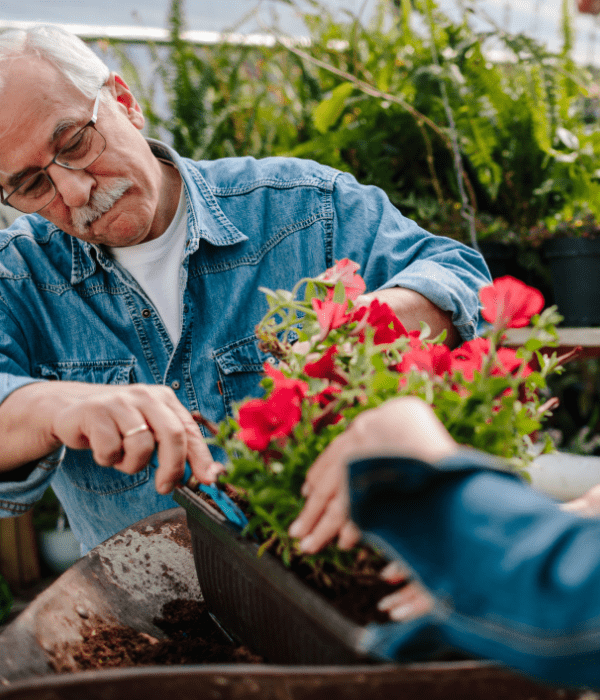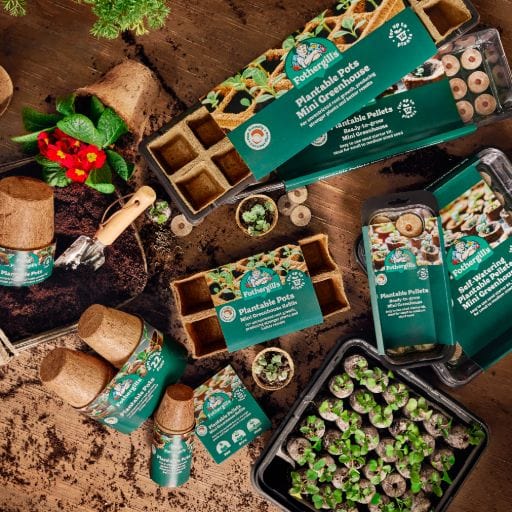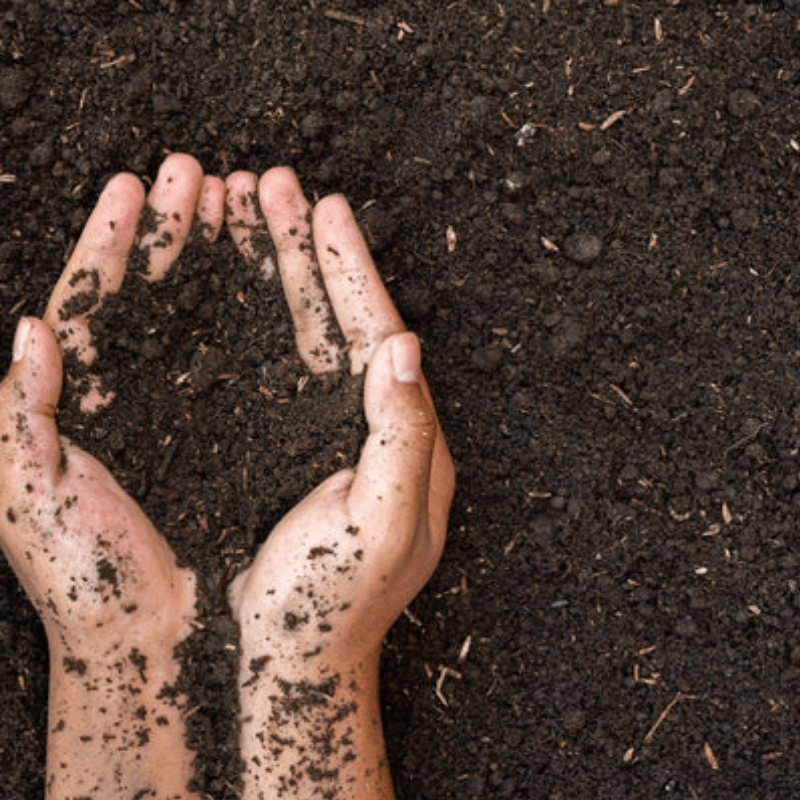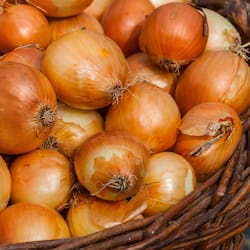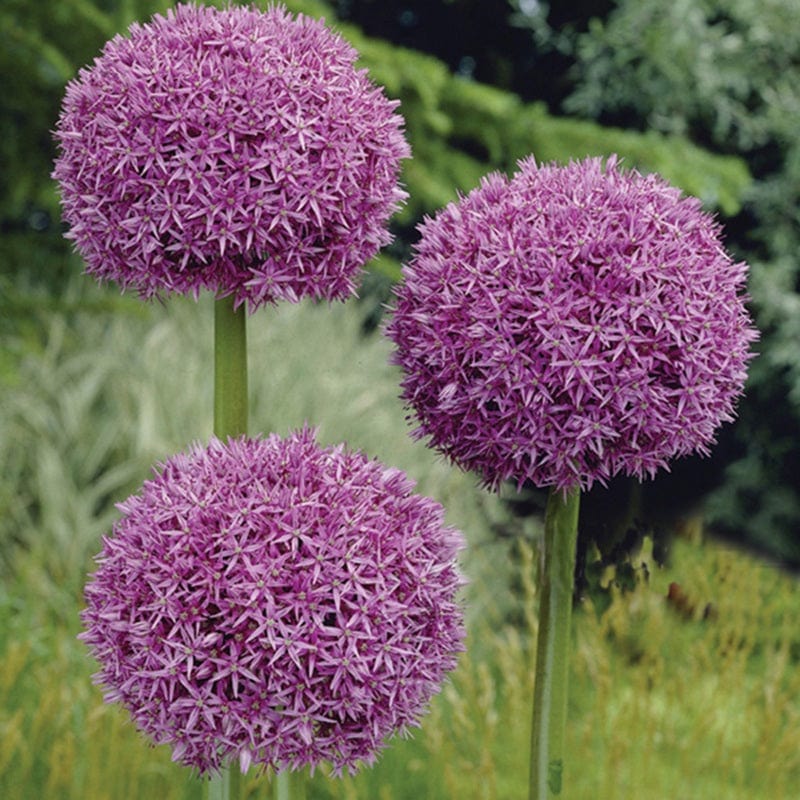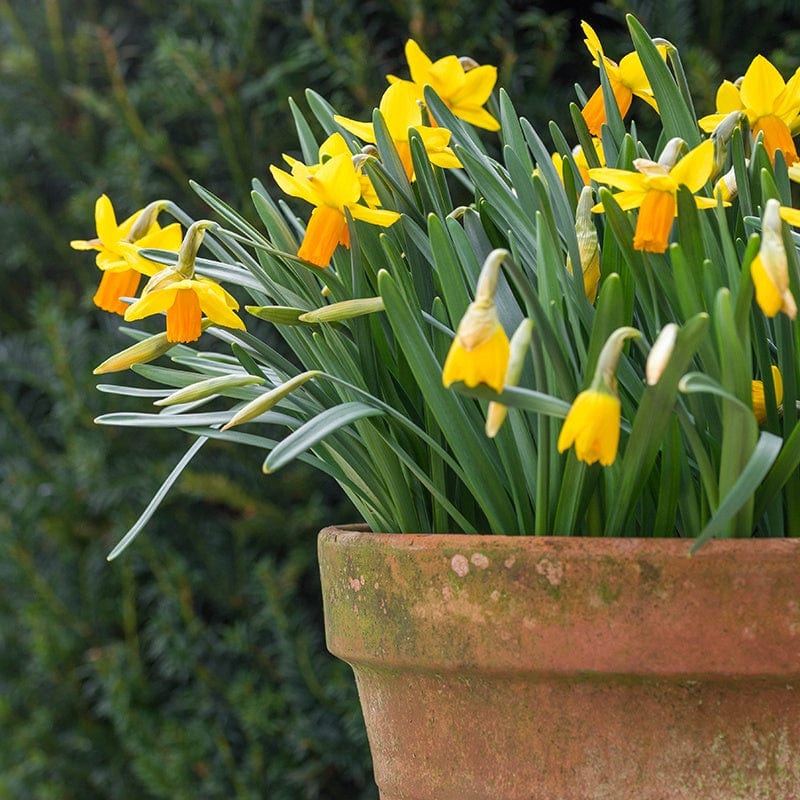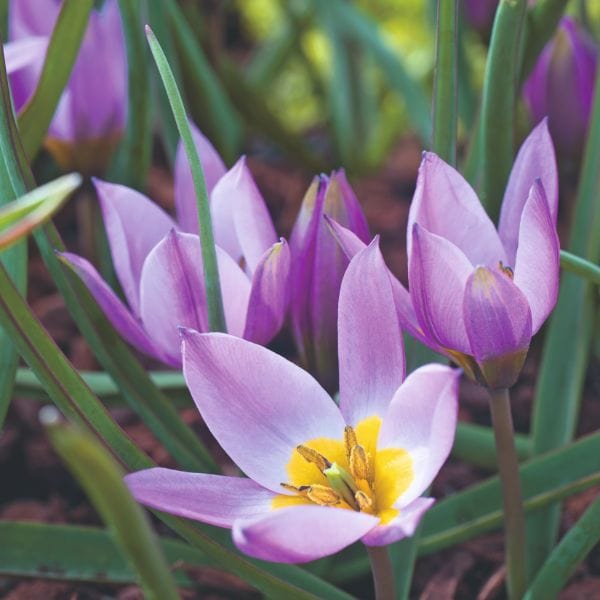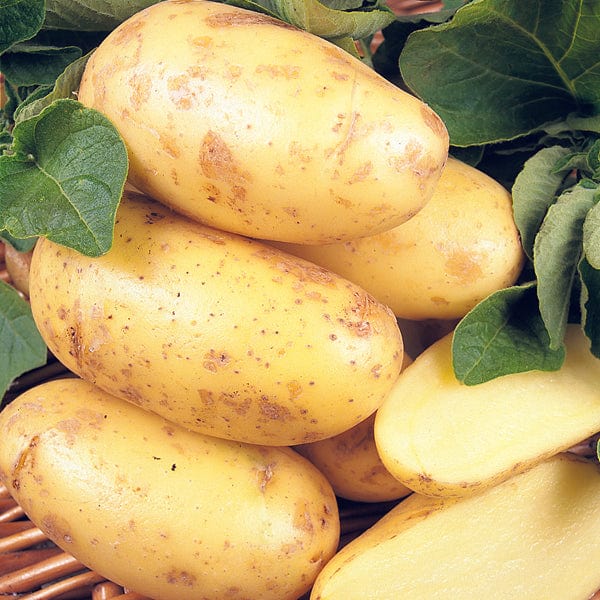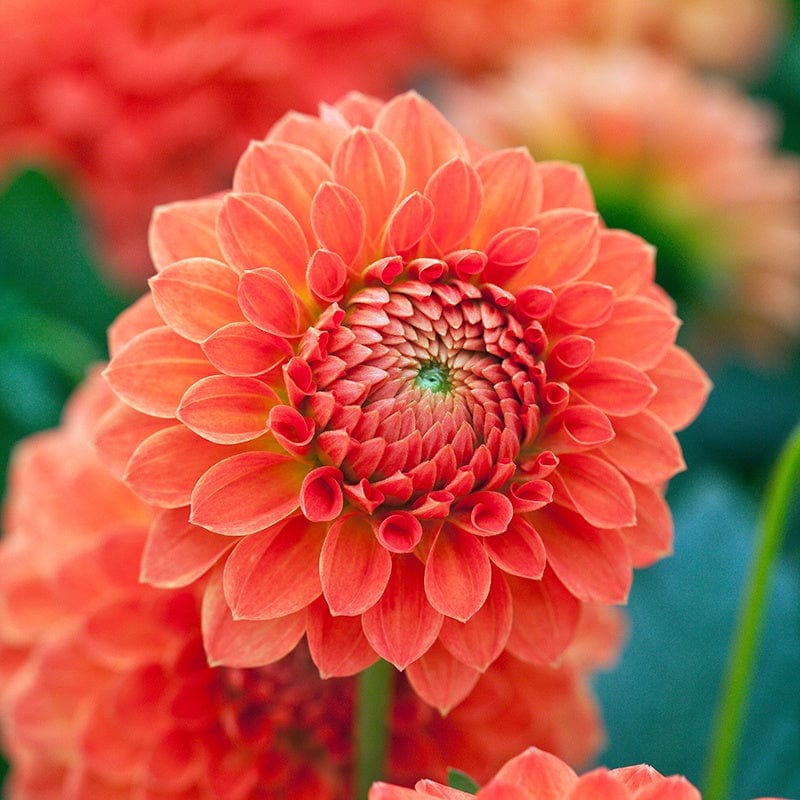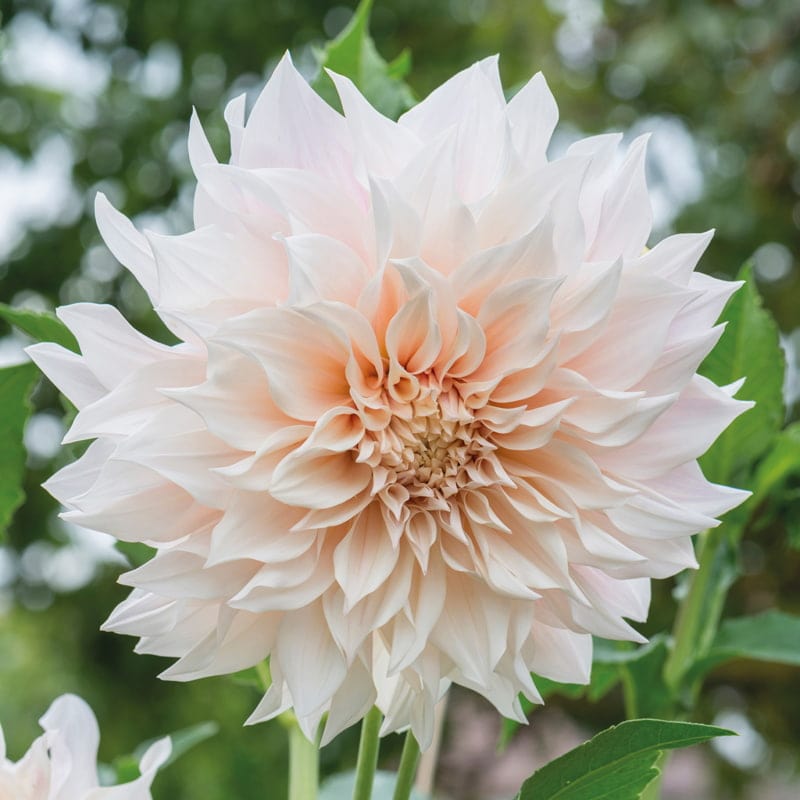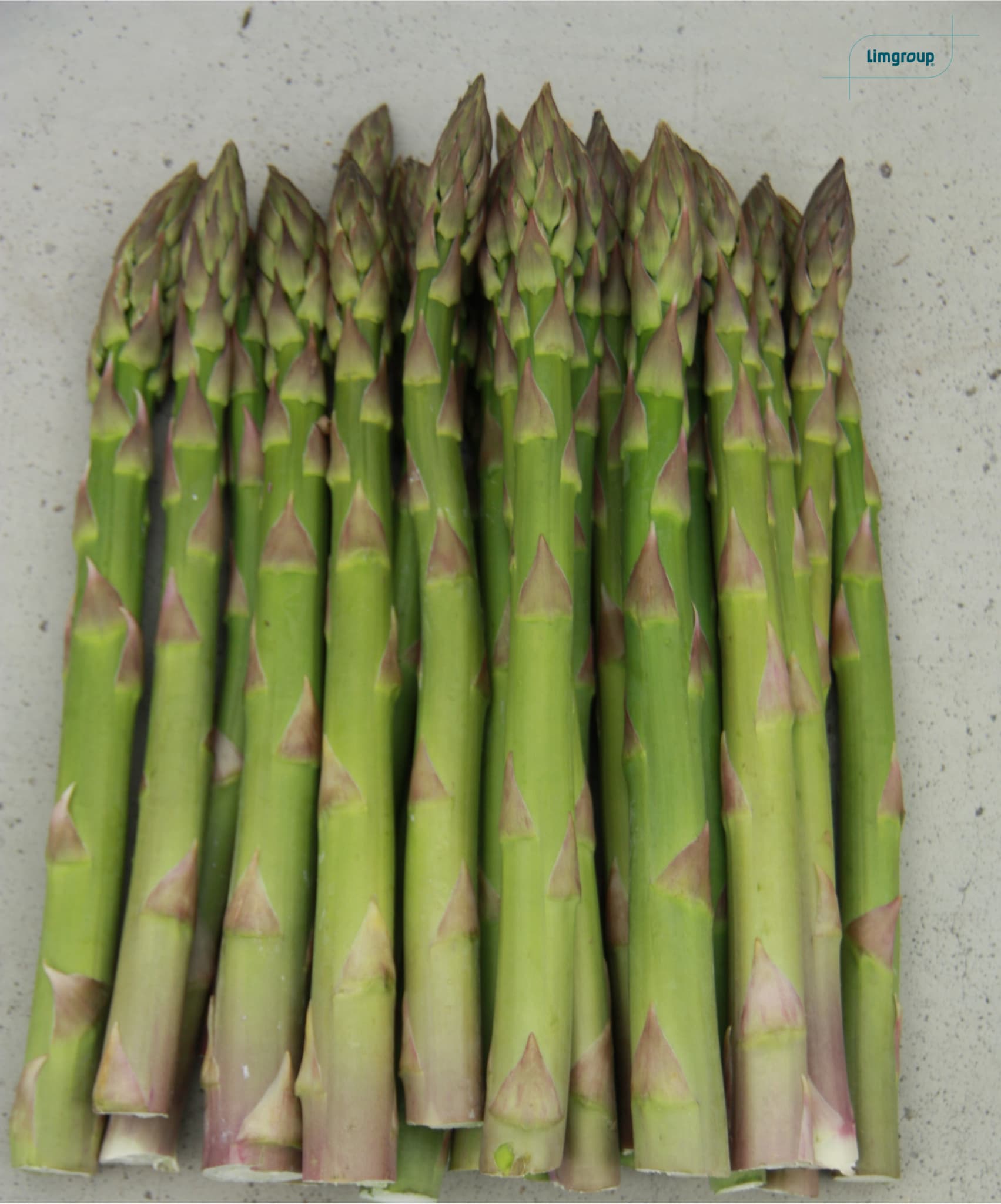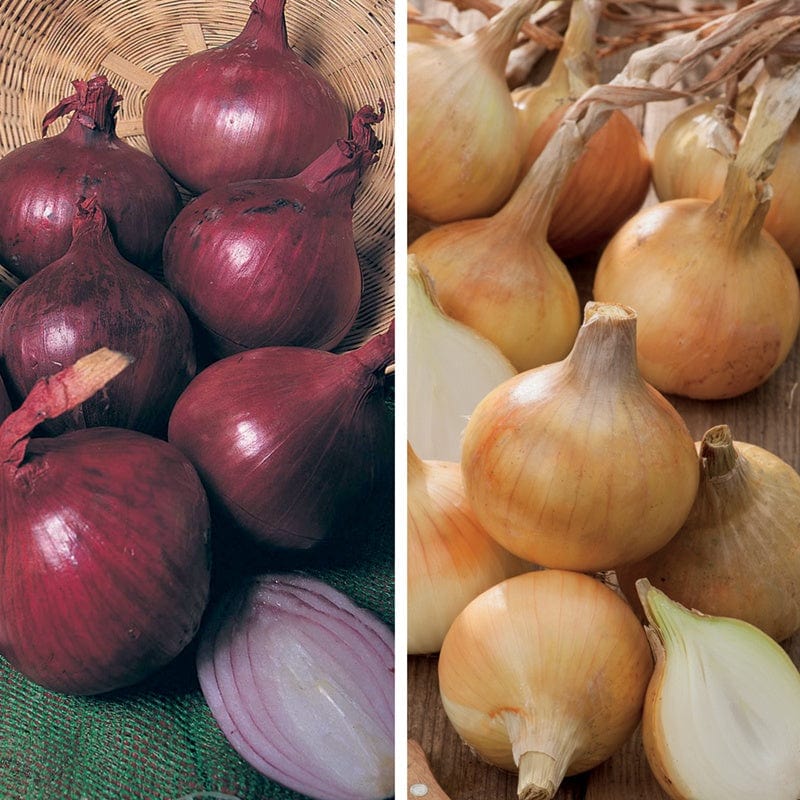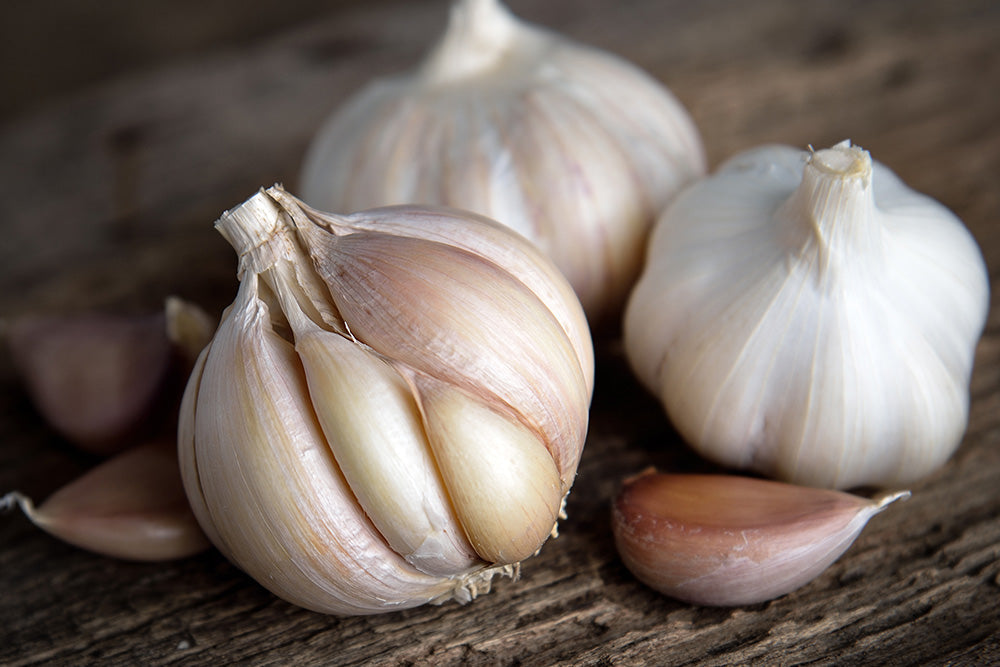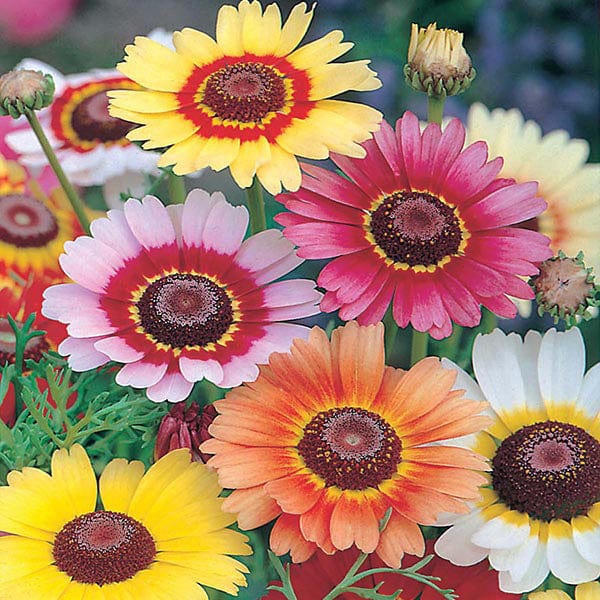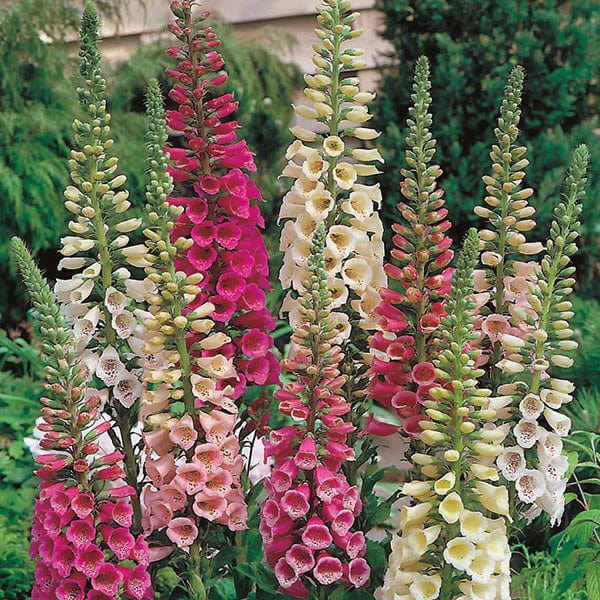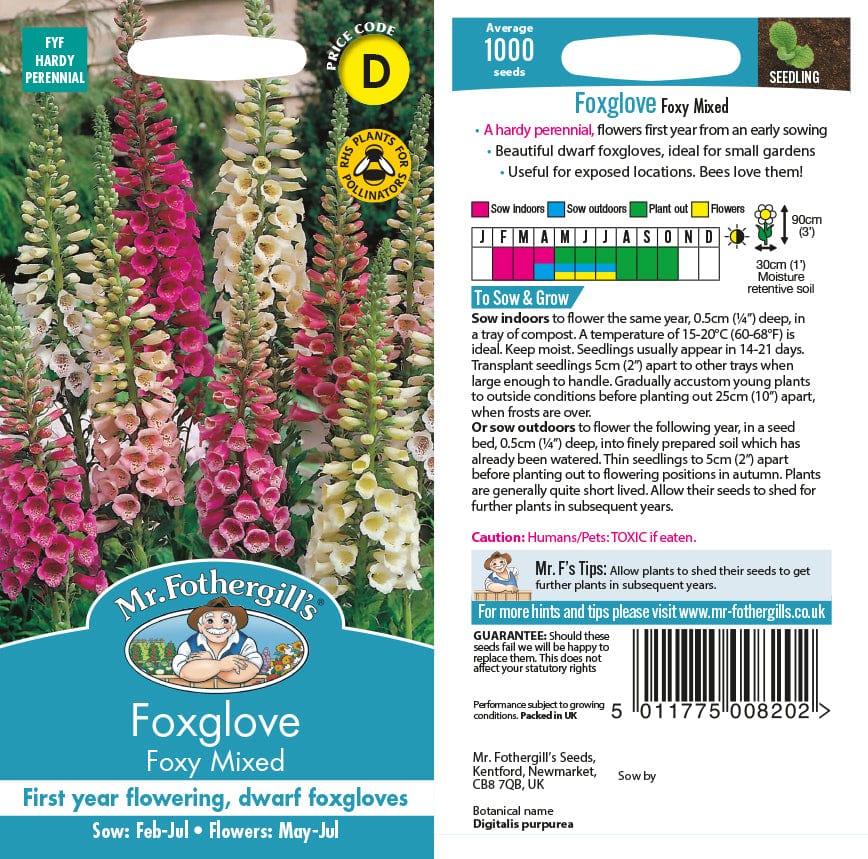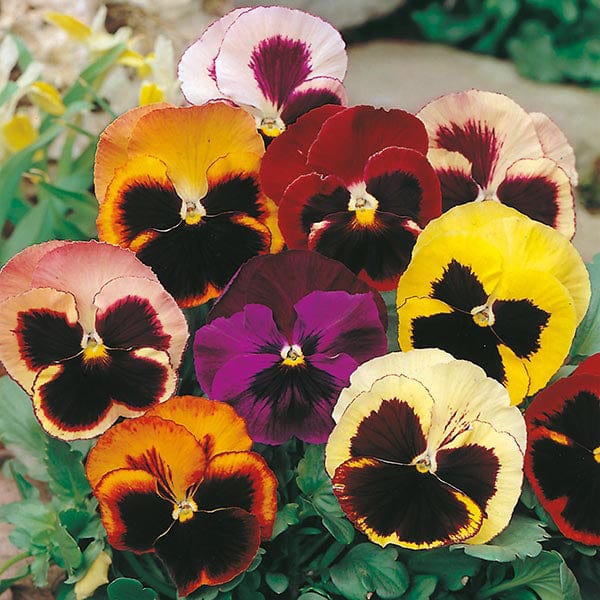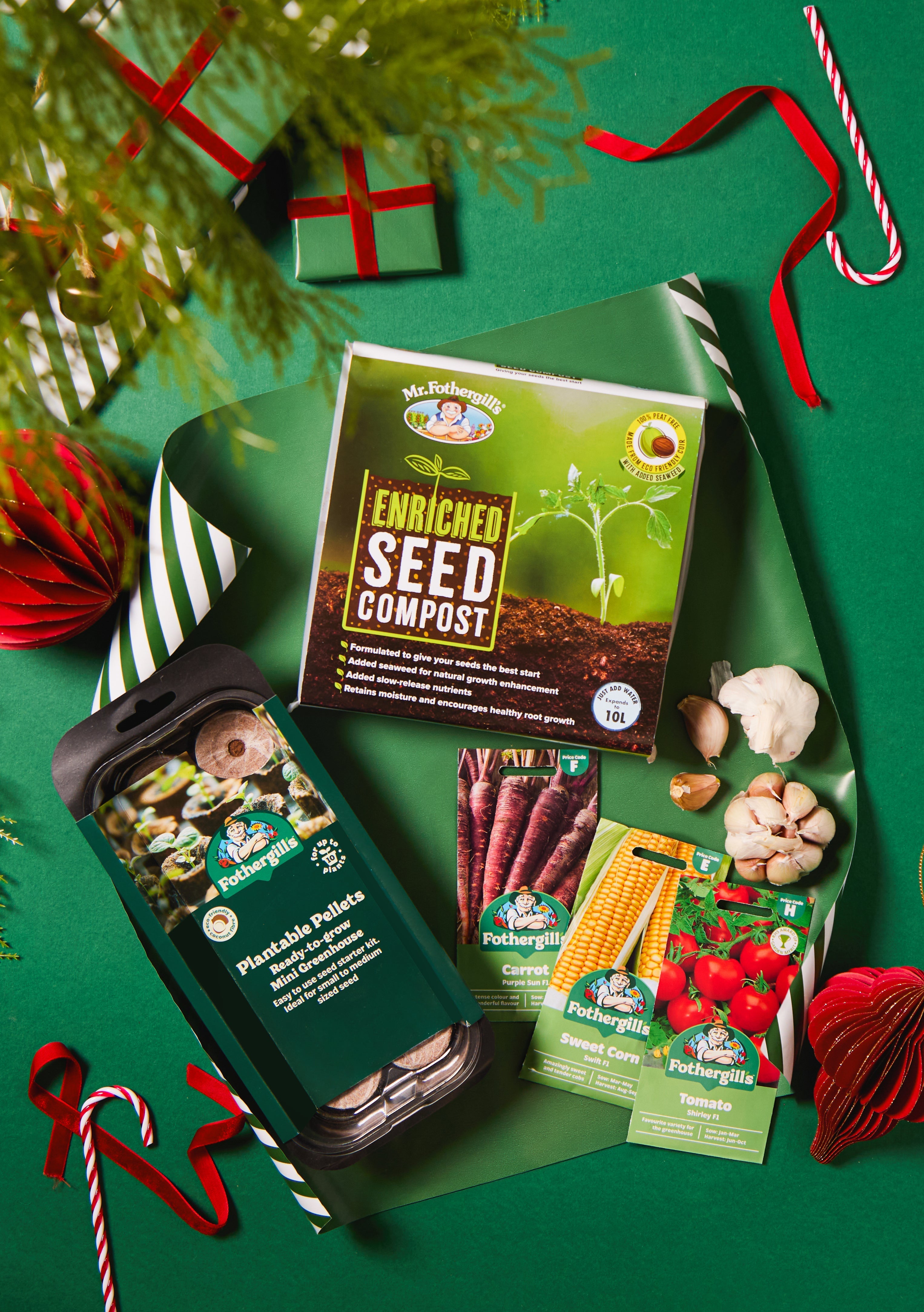Summer may be on its way out, but that doesn’t mean that September doesn’t have plenty of gardening opportunities to keep you busy. If your typical September involves a quick tidy-up and shut down before winter, take a look at Fothergill’s “What to Plant in September in the UK” guide and bring new life to your garden.
What to Plant in September UK
This may surprise newbie gardeners, but autumn marks one of the busiest seasons in the soil and is the perfect time to get planting for the following year. Here are some of the best flowers and vegetables to plant in September in the UK, so you can enjoy the results by the time spring arrives.
What Flowers to Plant in September UK
If you’re challenging yourself with having the most vibrant and healthy blooms by springtime, you’re probably wondering what flowers to sow in September. The good news is, you’re spoiled for choice.
Why Sow Your Seeds in Autumn?
By sowing in September, you’re allowing your seeds plenty of time to establish healthy roots and foliage before winter sets in. By spring, they’ve got a head start on growing and are likely to show colour much sooner.
Sowing Sweet Peas in September
Who doesn’t love the appearance of a dainty and delicate sweet pea? Plant them in September to enjoy their blooms by spring.
- Soak your sweet pea seeds overnight or chip them to encourage germination.
- Sow your sweet peas in pots indoors or in your greenhouse.
- Add free-draining compost to encourage healthy growth.
- Keep your pots covered with newspaper until the seeds germinate and you have seedlings.
- If growing in greenhouses, keep them protected from winter frost and pests like hungry mice.
- You can plant them out in beds when spring comes around.
What Bulbs to Plant in September
Fothergill’s selection of spring-flowering bulbs dispatches throughout September. Getting your bulbs in the ground now doesn’t just prepare your garden for the following spring, but for years to come. Bulbs are one of the best value investments for the garden, returning year on year with the absolute minimum of upkeep and care.
If you’re wondering what to plant in September in the UK, here are some of the bulbs we’d recommend:
- Daffodil bulbs
- Crocus bulbs
- Bluebell bulbs
Choose a sunny or partially shaded location in any moist but free-draining soil. Plant them straight into the ground, at a depth of three times their height, or pot them up in containers.
What Fruit to Grow in September
When it comes to fruit plants, this is the strawberry’s time to shine. Whether they’re newly bought plants or runners from your own plants, get them in the ground this September.
- Find a sunny spot in your garden with well-draining soil.
- Bury your strawberry plant so that the crown is on level with the ground.
- Strawberry plants enjoy plenty of water whilst they establish, so keep them hydrated regularly.
- By winter, they should have a healthy root system, but you can always surround them with mulch to protect them from frost.
What Vegetables to Plant in September UK
There is a range of hardy vegetables that can be planted in September for overwintering and early cropping the following spring. If you are looking to avoid empty veg patches through winter, you might want to consider sowing these in the early weeks of the month.
- Lettuce seeds
- Spring onion seeds
- Spinach Seeds
- Oriental vegetable seeds like Choi Sum
Planting Onions, Shallots, and Garlic in September
We’ve covered seeds, but what vegetable bulbs, sets, and tubers are there to plant in September? Well, if you’re a fan of flavour, we’re pretty sure your garden will be no stranger to onion sets, shallot bulbs, and garlic bulbs.
- Make sure that your soil is well-draining and in a sunny spot.
- Dig in compost to improve the soil’s quality and give your plants the best opportunity to thrive. We wouldn’t recommend planting in freshly manured soil.
- Onion sets, shallot bulbs, and garlic bulbs should be set out in rows. Leave 10cm between each bulb and 30 cm between rows.
- The bulbs (or sets) should be planted with the tip of the bulb just showing above the soil surface.
- Your plants will need plenty of water to establish. Water regularly, but avoid waterlogging.
Start Your Growing Journey with Fothergill’s
Now that you’ve got a better idea of what to plant in September in the UK, it’s time to place an order and start planting before the autumn passes you by.
For more information, take a look at our blog or get in touch to speak to one of our talented gardening experts!






